Essential oils are a fantastic way to manage and uplift moods naturally. Creating your own DIY essential oil blends can tailor the aroma and effects to match your needs.
Below are simple, effective blends designed for different moods, ensuring you find the perfect aroma to enhance your day. We’ll explore recipes, ingredient lists, and tips on how to use these blends to elevate your emotional well-being.
Why Use Essential Oil Blends for Moods?
Essential oil blends are powerful tools for enhancing emotional well-being. They harness the therapeutic properties of natural plant extracts, making them effective in influencing mood and atmosphere. Below are key reasons why they are beneficial:
Natural Mood Enhancers
Essential oils like lavender, bergamot, and ylang-ylang contain compounds that interact with the brain’s limbic system, which governs emotions. These oils can help reduce anxiety, lift spirits, and create a calm environment naturally.
Versatile Applications
Essential oil blends are versatile. Whether diffused, applied topically, or added to baths, these oils offer flexibility for various emotional needs. For example, lavender and chamomile are excellent for relaxation when applied as massage oils, while citrus oils are perfect for energising environments when diffused.
Personalised Solutions
Creating your blends allows for customisation tailored to your specific mood. Mixing different essential oils allows you to design blends that fit your preferences and emotional needs, whether for stress relief, focus, or joy. This personalisation makes essential oil blends an accessible and effective tool for managing emotions in daily life.
These benefits showcase how essential oil blends are a holistic and flexible approach to mood management, making them an ideal choice for emotional support.

Essential Tips for Making DIY Blends
Creating your own DIY essential oil blends is an enjoyable and rewarding, but it requires attention to detail and safety to ensure effective and safe usage. Below are essential tips for crafting the perfect blend tailored to your needs and preferences.
1. Choose Quality Essential Oils
The quality of essential oils is paramount in ensuring their effectiveness. Look for oils that are 100% pure, organic, and sourced from reputable brands. Poor-quality oils may contain fillers or synthetic additives that diminish their therapeutic effects. Trusted brands often provide details about their sourcing methods and distillation processes, ensuring you receive oils rich in beneficial compounds.
- To confirm quality, Check for certifications like ‘Therapeutic Grade’ or 100% natural seals like our own range of oils. Always read the labels to verify the oil’s origin.
2. Understand Essential Oil Properties
Different essential oils have distinct properties that can influence your mood and health. Understanding these properties helps you choose the right oils for specific purposes. For example:
- Lavender: Calms and relaxes, ideal for stress relief.
- Peppermint: Invigorates and refreshes, perfect for enhancing focus.
- Citrus oils (e.g., orange, lemon): Uplift mood and energise, making them great for morning blends.
Research and experiment with various oils to find combinations that best suit your emotional needs.
3. Use Carrier Oils for Dilution
Essential oils are potent and should never be applied directly to the skin without dilution. Carrier oils like jojoba, coconut, or sweet almond oil are commonly used to dilute essential oils, making them safe for topical application. The ratio of dilution depends on the intended use:
- For Adults: A 2-3% dilution is generally safe. This equates to about 12–18 drops of essential oil per 30 ml (1 ounce) of carrier oil.
- For Children or Sensitive Skin: A lower dilution of 1% (6 drops per 30 ml of carrier oil) is recommended to avoid irritation.
4. Blend with a Purpose
When making your blends, have a clear purpose in mind. Do you want a blend for relaxation, focus, or energy? This helps you choose complementary oils and achieve the desired effect. Here’s a guide:
- Relaxation: Lavender, chamomile, and sandalwood work well together.
- Energising: Citrus oils like grapefruit and lemon combined with peppermint.
- Focus: Rosemary, peppermint, and lemon provide clarity and concentration.
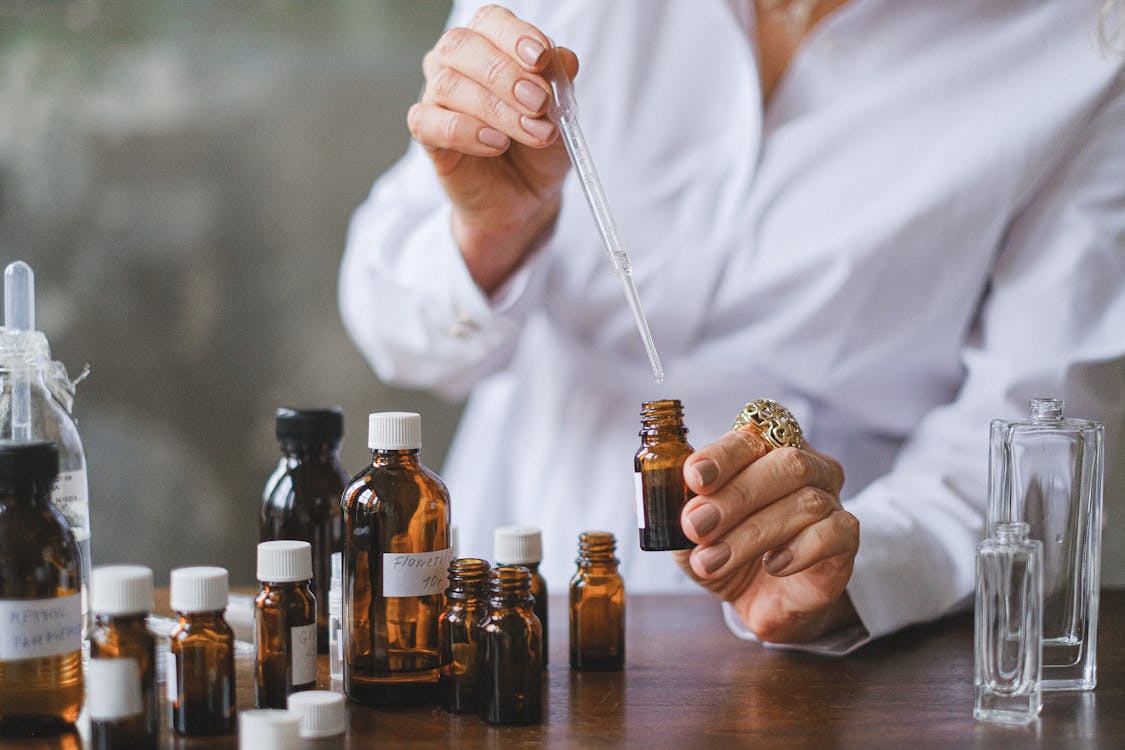
5. Start Small and Adjust
When experimenting with essential oil blends, always start with small amounts. This allows you to test the scent and effect without wasting oil. Begin with 1-2 drops of each oil and adjust according to your preference. Some oils are stronger than others, so balancing the blend carefully is essential.
- Citrus Oils are usually light and refreshing, but too much can overpower other scents.
- Herbaceous Oils (e.g., rosemary): Use sparingly as they can dominate blends if not balanced correctly.
6. Consider Blending Techniques
When creating blends, consider each oil's top, middle, and base notes. This approach helps create a balanced and long-lasting aroma:
- Top Notes: These are the first scents you notice but they evaporate quickly. Examples include citrus oils like lemon or bergamot.
- Middle Notes: These provide the body of the blend and include oils like lavender, rosemary, and geranium.
- Base Notes: These are deep and grounding scents that linger the longest. Examples include frankincense, cedarwood, and sandalwood.
Combining oils from each category can create a well-rounded blend that evolves over time, offering a dynamic sensory experience.
7. Test for Skin Sensitivity
Always perform a patch test before applying any essential oil blend to a large skin area. This helps identify any allergic reactions or sensitivities. To conduct a patch test:
- Dilute the blend with a carrier oil and apply a small amount to your inner arm or wrist.
- Wait 24 hours to check for redness, itching, or irritation.
If no reaction occurs, the blend is safe for use. Avoid using oils like cinnamon or clove on sensitive skin as they can be irritating even when diluted.
8. Blend Ratios and Measurements
Understanding the right blend ratios is crucial to achieving the desired scent and potency:
- Diffusers: Use 5-6 drops of essential oil per 100 ml of water. This provides a balanced aroma without being overpowering.
- Roller Bottles: Add 15-20 drops of essential oil to a 10 ml roller bottle filled with carrier oil. This portable option is perfect for on-the-go use.
- Massage Oils: Use 12–18 drops of essential oil per 30 ml carrier oil for a relaxing massage experience.
9. Storing Your Blends Properly
Essential oils are sensitive to light and heat, which can degrade their potency over time. Store your oils and blends in dark glass bottles (amber or cobalt) to protect them from light exposure. Keep them in a cool, dark place like a cupboard to extend their shelf life.
- Shelf Life: Most essential oils have a shelf life of 1-2 years, but citrus oils tend to have shorter lifespans due to their high volatility.
10. Safety Considerations
Essential oils are powerful and should be used with care. Here are essential safety guidelines:
- Pregnancy and Health Conditions: Certain oils, like rosemary and clary sage, should be avoided during pregnancy or if you have conditions like epilepsy.
- Pets: Essential oils can be toxic to pets, especially cats. Avoid using blends containing tea tree or eucalyptus around animals.
- Children: Always use a lower dilution ratio when creating blends for children. Essential oils like peppermint and eucalyptus can be too strong for young ones.
11. Experiment and Record Your Blends
One of the joys of making DIY essential oil blends is experimenting with different combinations. However, it’s easy to forget what you’ve tried and liked. Keeping a journal or notebook to record each blend's oils, ratios, and effects can help you replicate or refine your favourite combinations.
- Note: Document the date you created the blend and the batch numbers of the essential oils to track quality over time.
Different Types of Mood Blend
Uplifting Mood Blend
Feeling down or having a tough day? This uplifting blend is designed to boost your mood and help create a joyful atmosphere.
Ingredients:
- 3 drops of Sweet Orange oil
- 2 drops of Lemon oil
- 2 drops of Bergamot oil
Instructions: Add the oils to your diffuser and let the citrusy aroma fill the space. Citrus oils like orange and lemon are known for their mood-enhancing properties, while bergamot can reduce stress.

Relaxation Blend
For those moments when you need to unwind, this blend can create a calming environment perfect for relaxation.
Ingredients:
- 3 drops of Lavender oil
- 2 drops of Chamomile oil
- 1 drop of Ylang Ylang oil
Instructions: Add these to your diffuser and breathe deeply. Lavender and chamomile are known for their calming properties, and ylang-ylang adds a floral touch that promotes peace.
Focus and Clarity Blend
This blend provides a refreshing and focused atmosphere when you need concentration and mental clarity.
Ingredients:
- 3 drops of Peppermint oil
- 2 drops of Rosemary oil
- 1 drop of Lemon oil
Instructions: Peppermint and rosemary combine to invigorate the senses, while lemon adds a crisp, clean scent. Add to your diffuser before studying or working on tasks requiring focus.
Stress Relief Blend
Feeling overwhelmed? This stress relief blend combines soothing and grounding oils to help ease anxious feelings.
Ingredients:
- 4 drops of Frankincense oil
- 2 drops of Lavender oil
- 1 drop of Copaiba oil
Instructions: Frankincense helps ground emotions, and lavender soothes, while copaiba provides a warm, woody scent that balances the blend. Perfect for evening use when winding down after a busy day.
Energising Blend
Need a morning pick-me-up? This blend energises and refreshes, helping you start your day right.
Ingredients:
- 3 drops of Grapefruit oil
- 2 drops of Eucalyptus oil
- 1 drop of Basil oil
Instructions: This refreshing combination is perfect for creating an invigorating atmosphere. Grapefruit uplifts, eucalyptus clears the mind, and basil energises.

Peaceful Sleep Blend
Struggling with restless nights? This blend promotes relaxation and can help improve sleep quality.
Ingredients:
- 3 drops of Cedarwood oil
- 2 drops of Lavender oil
- 1 drop of Roman Chamomile oil
Instructions: Lavender and chamomile work together to create a calming effect, while cedarwood’s woody aroma helps to ground emotions, preparing the mind for rest.
Customising Your Blends
Feel free to experiment by adjusting the number of drops or mixing oils that appeal most to you. Everyone has unique preferences, so you might find that a different combination works better for your specific mood needs. Some people prefer more floral scents, while others lean towards woodsy or citrus aromas. You can create your own signature DIY essential oil blends by testing and refining.
Using Essential Oil Blends Beyond Diffusers
While diffusers are the most popular method, there are other ways to use essential oil blends for mood:
- Bath Soak: Add a few drops of your chosen blend to a warm bath. Mix the oils with a carrier oil to ensure the essential oils disperse properly in the water.
- Massage Oil: Combine the essential oil blend with a carrier oil and use it as a massage oil. This method allows the oils to absorb into the skin while delivering a pleasant aroma.
- Roller Bottles: Make portable blends using roller bottles. Add 10-15 drops of essential oils to a roller bottle, fill the rest with carrier oil, and apply to pulse points like wrists and temples.
Final Thoughts
DIY essential oil blends are an excellent way to enhance your mood naturally. From stress relief to energising mornings, these blends are easy to make and customise.
With essential oils, you can adjust the aromas that resonate most with your emotions, ensuring you have a remedy for every mood. Try different combinations and find what works best for you, your personalised aromatherapy experience awaits!
For further information on essential oils and detailed blend recipes, check resources such as Gya Labs and Our Oily House.


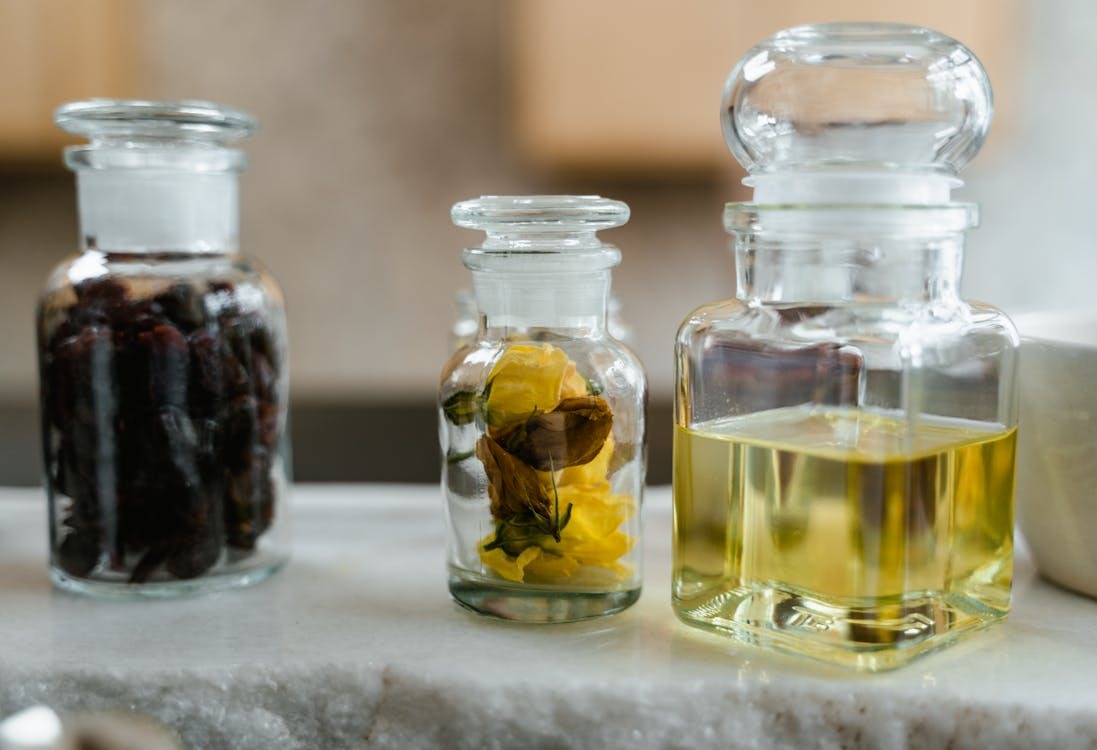
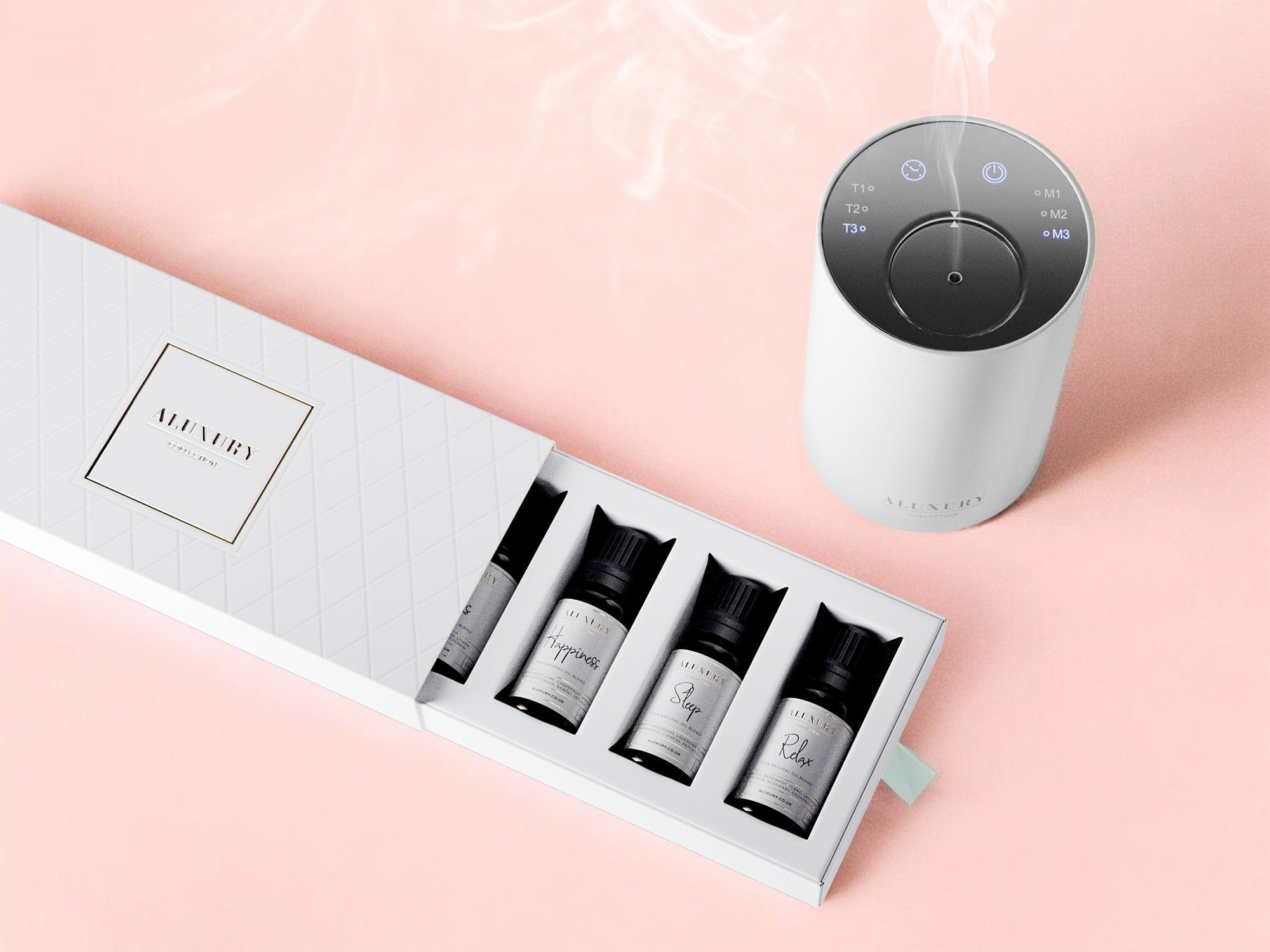
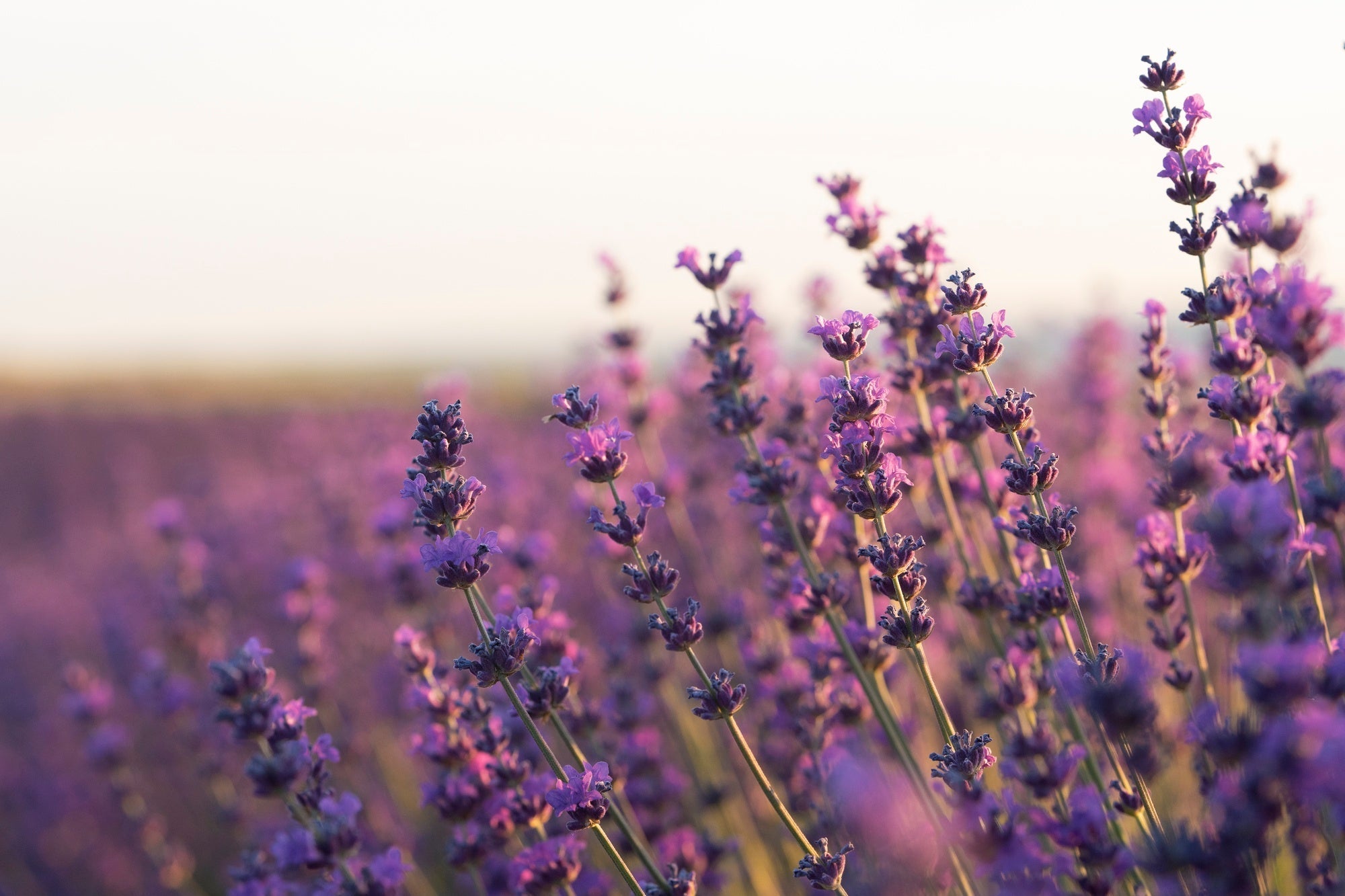
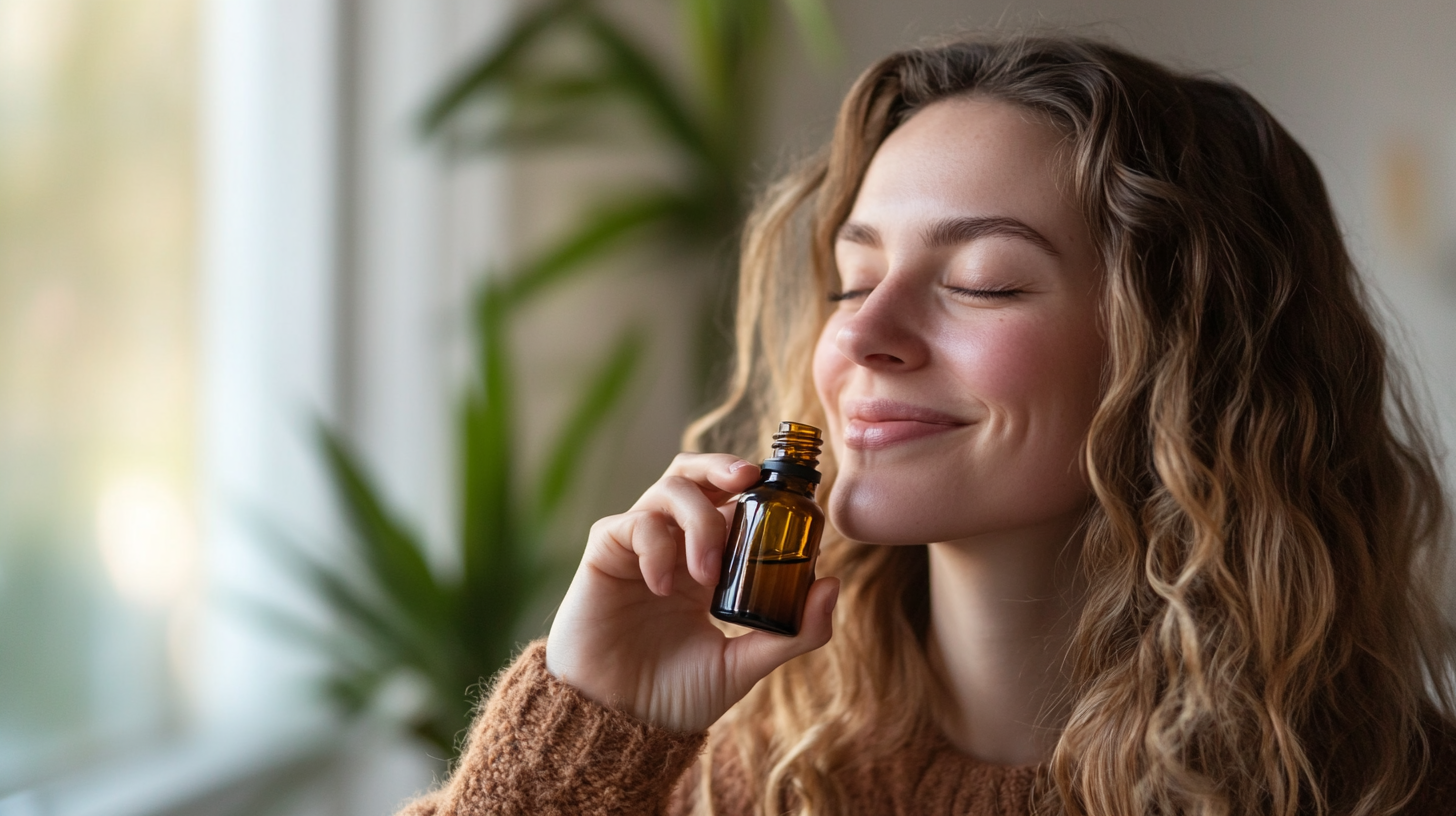
Share: